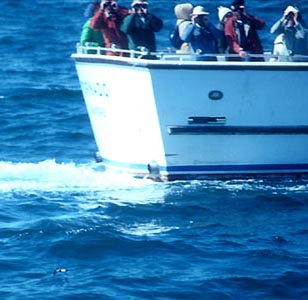 |
|
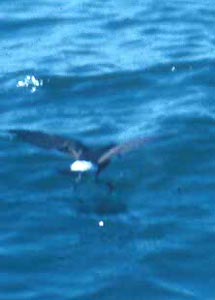 |
|
|
text & most photos by Don Roberson
those attributed to other photographers
are
used with permission; all rights reserved. |
 |
|
 |
|
|
 |
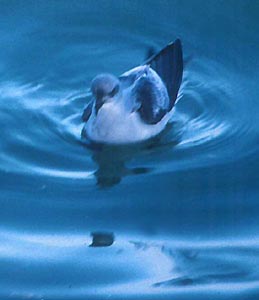 |
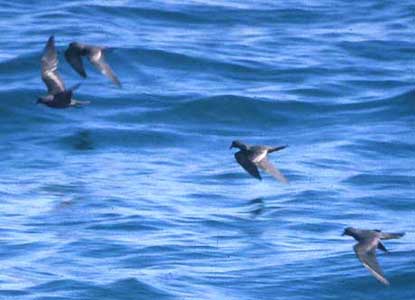 |
|
|
|
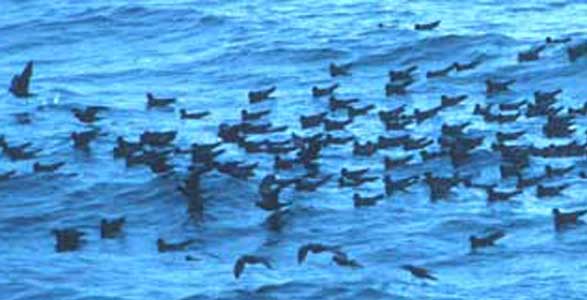 |
|
|
 |
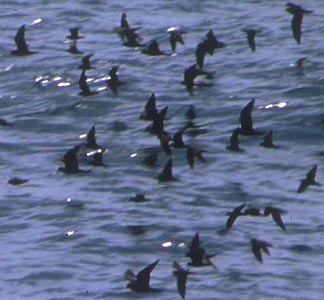 |
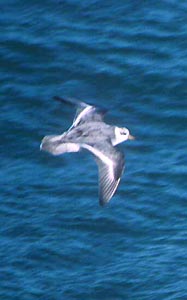 |
|
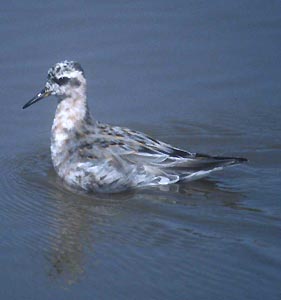 |
| Compared to Red-necked Phalarope (below), Red is a larger, bulkier bird with a shorter, stout bill (pale base to lower mandible as close range). The gray color of basic-plumaged birds (left) is paler than Red-necked, and the white wingstripe broader. In spring, we see a variety of plumages from full basic to full alternate; the one shown to the right is showing much body molt. |
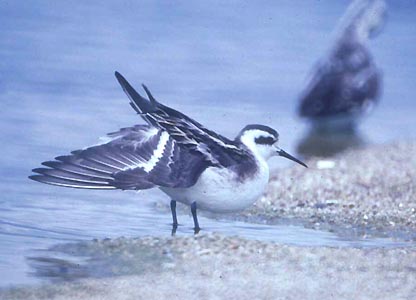 |
|
|
TO GO TO ALBATROSSES THROUGH SHEARWATERS |
|
TO GO ON TO JAEGERS THROUGH TERNS |
|
TO JUMP TO ALCIDS |